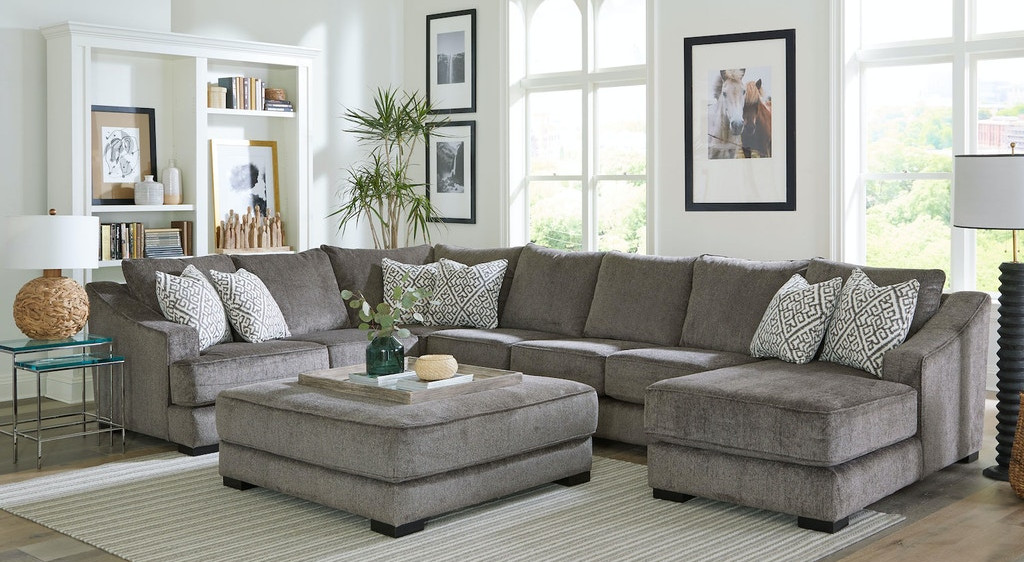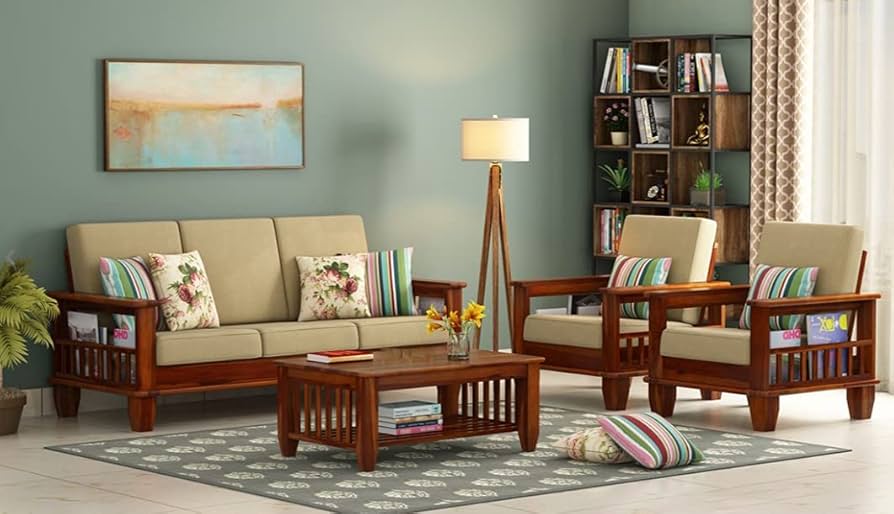Guide to Choosing Home Furniture: Styles, Materials, and Tips
Choosing the right furniture for your home can be a daunting task. With so many styles, materials, and options available, it’s easy to feel overwhelmed. However, selecting the perfect furniture is essential for creating a comfortable, functional, and stylish living space. In this guide, we’ll explore different furniture styles, materials, and tips to help you make informed decisions for your home.
1. Understanding Furniture Styles
Furniture style plays a crucial role in defining the character of your living space. Here are some popular styles to consider:
Modern
Modern furniture is known for its clean lines, minimalistic designs, and functional forms. Typically featuring neutral colors and materials like metal and glass, modern furniture creates a sleek and uncluttered look, ideal for those who prefer a contemporary aesthetic.
Traditional
Traditional furniture showcases classic designs and intricate details. Often crafted from rich woods such as mahogany or cherry, this style exudes warmth and elegance. If you’re aiming for a cozy and inviting atmosphere, traditional furniture is a timeless choice.
Contemporary
Contemporary furniture embraces current trends and often incorporates unique shapes and materials. This style allows for more flexibility and creativity, making it perfect for those who want to experiment with their decor while staying on-trend.
Rustic
Rustic furniture emphasizes natural materials and earthy colors, creating a warm and cozy environment. Often made from reclaimed wood or wrought iron, rustic pieces add character and charm to any home, making it feel welcoming and homey.
Industrial
Industrial furniture is inspired by factories and warehouses, featuring raw materials like metal and wood, along with exposed hardware. This style is ideal for urban living spaces and can add a trendy, edgy vibe to your home.
2. Choosing the Right Materials
The material of your furniture significantly affects its durability, maintenance, and appearance. Here are some common materials used in home furniture:
Wood
Wood is a classic choice for furniture due to its durability and versatility. Solid wood furniture can last for generations, while engineered wood (like MDF or particleboard) offers a more budget-friendly option. Consider the type of wood and the finish when making your selection.
Metal
Metal furniture is known for its strength and modern appeal. Commonly used in dining chairs, tables, and accents, metal can be finished in various colors and textures, offering a sleek and contemporary look that is easy to maintain.
Upholstery
Upholstered furniture, such as sofas and chairs, adds comfort and style to your home. When selecting upholstery, consider fabric types like leather, cotton, or synthetic blends. Look for durable, stain-resistant options, especially for high-traffic areas.
Glass
Glass furniture, including coffee tables and shelves, creates a modern and elegant look. Tempered glass is the safest option, ensuring durability while maintaining a sleek appearance.
3. Tips for Choosing Home Furniture
Here are some practical tips to guide you in selecting the right furniture for your home:
a. Measure Your Space
Before purchasing furniture, measure your rooms to ensure that the pieces you choose will fit comfortably. Take note of doorways and staircases to avoid delivery surprises.
b. Define Your Needs
Think about how you use your space. If you entertain frequently, prioritize comfortable seating and a functional dining area. For smaller spaces, look for multifunctional furniture, such as storage ottomans or sofa beds.
c. Create a Cohesive Look
To achieve a harmonious design, choose furniture pieces that complement each other. Consider your color palette, material choices, and style to create a unified aesthetic throughout your home.
d. Prioritize Comfort
While aesthetics matter, comfort should never be overlooked. Test out sofas, chairs, and beds to ensure they meet your comfort needs. Look for ergonomic designs, especially for office furniture, to promote good posture and productivity.
e. Budget Wisely
Furniture can be a significant investment, so set a budget before shopping. Keep an eye out for sales and discounts, and consider investing in quality pieces that will last longer.
4. Caring for Your Furniture
To keep your furniture looking great for years, follow these care and maintenance guidelines:
- Wood Furniture: Dust regularly and use a soft, damp cloth for cleaning. Avoid harsh chemicals, and consider using furniture polish to maintain shine.
- Upholstered Furniture: Vacuum regularly to remove dust and debris. Spot clean spills immediately and follow the manufacturer’s cleaning recommendations.
- Metal Furniture: Wipe down with a damp cloth to prevent rust and use a rust-inhibiting spray if necessary.
- Glass Furniture: Clean with a glass cleaner or a mixture of vinegar and water for a streak-free finish.










Add comment